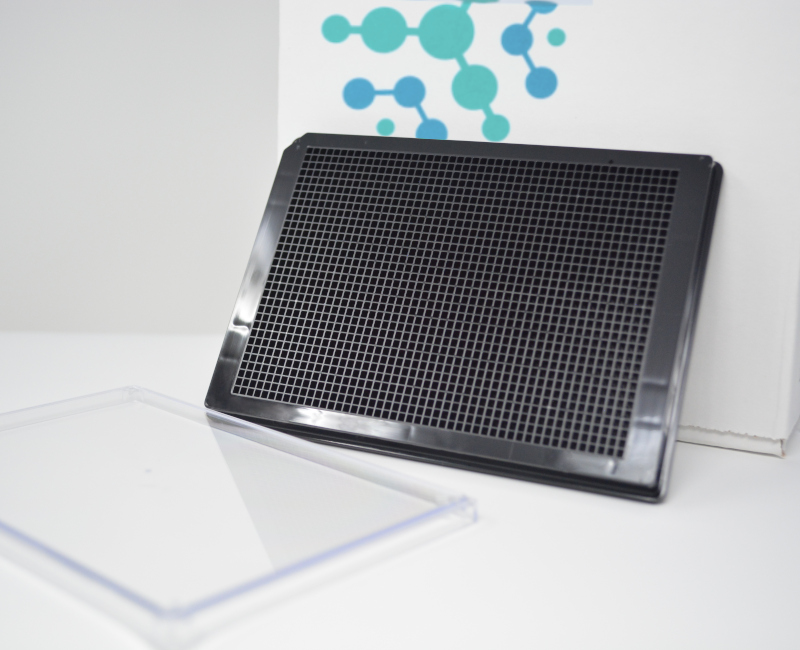
3D CELL CULTURES TO STUDY THE NEUROLOGICAL DISORDERS
Severe acute respiratory syndrome coronavirus 2 (SARS CoV-2) pandemic has been at the center of attention in public health due to its severity resulting in high mortality rates around the globe. 2D and 3D cell cultures have played a crucial role in finding targets for antiviral drug discovery and vaccines albeit 3D cultures being the current preferred method due to its reproducibility and reliability in mimicking cellular environments. (1)
3D in-vitro culture models consisting of scaffold based and scaffold free-systems are used to study SARS CoV-2 infection, replication, and host-viral interaction. Within the severely infected cases, the adverse effects of SARS-CoV were not limited to the respiratory tract but extended its effects to other organs such as heart, brain, liver, and intestines resulting in multiple organ failure. (1)
Cell culture systems to study infections in Brain: SPHEROIDS
Cell culture systems widely used to study infection in the brain are spheroids which are self-assembled aggregates cultivated on non-adhesive plates. To this end, spheroids produced using human neural progenitor cells showed in-vivo-like patho-physiology of brains affected with SARS-CoV2. Other studies with culture systems of free-floating neural stem cells called neurospheres cultured in non-adherent surfaces to study molecular mechanisms in the brain indicate that neurospheres and in general spheroids are good culture models to study the viral systems (1).
Organ specific cell cultures: ORGANOIDS
Another type of 3D cell culture systems used are organoids established from organ-specific cell types. They retain their multicellular diversity replicating the organ microenvironment for the cells along with increased viability. Organoids can range from small sizes in micrometers to a few millimeters. Brain organoids have been biofibricated, (In regenerative medicine, biofabrication is the automated generation of structurally organized, biologically functional products from living cells, bioactive molecules, biomaterials, cell aggregates such as microtissues or hybrid cell-material constructs through bioprinting or bioassembly, and subsequent tissue maturation processes) (3), using pluripotent stem cells to study brain behavior in response to SARS-CoV2. The research suggests that specific brain regions such as cerebral cortex and midbrain are exposed to the SARS-CoV infection. Results also show increased number of neurons infected in all the organoids, as compared to the neural cell lines in 2D culture model systems.
References:
- Bruna A.G. de Melo a, Julia C. Benincasa a, Elisa M. Cruz a, Juliana Terzi Maricato b, Marimelia A. Porcionatto a,a Department of Biochemistry, Paulista School of Medicine, Universidade Federal de S~ao Paulo, S~ao Paulo, Brazil , b Department of Microbiology, Immunology and Immunology and Parasitology, Paulista School of Medicine. , Science Direct – Biomedical Journal 3D culture models to study SARS-CoV-2 infectivity and antiviral candidates: From spheroids to bioprinting , Brazil November 2020
- E. Song, C. Zhang, B. Israelow, A. Lu-Culligan, A.V. Prado, S. Skriabine, et al Neuroinvasion of SARS-CoV-2 in human and mouse brain ., Scopus review open access journal J Exp Med, 2021, USA
- Groll J et al. Biofabrication: reappraising the definition of an evolving field. Biofabrication 8, 013001 (2016)


